by Caroline Glick
Evidence is growing that members of the IDF General Staff and the Mossad are beginning to realize that the U.S. doesn’t share Israel’s goal of preventing Iran from becoming a nuclear power.
Something is changing in Israel’s military brass’ assessment of the Iranian nuclear threat.
Evidence is growing that members of the IDF General Staff and the
Mossad are beginning to realize that the U.S. doesn’t share Israel’s
goal of preventing Iran from becoming a nuclear power. Last week for
instance, Michael Makovsky, the head of the Jewish Institute for
National Security of America, (JINSA) a Washington-based group that
cultivates ties between Israeli and U.S. generals published an article
in the New York Post where he described their rude awakening.
Makovsky wrote, “Recent meetings with senior defense officials from
our closest Middle East ally, Israel, were the most pessimistic I can
recall. They perceive America as checked out, adrift, pusillanimous,
unfeared and desperate to avoid military confrontation, and Iran as
emboldened and nearing the nuclear weapons threshold.”
Makovsky said that all his interlocutors raised the same three
points: The U.S. withdrawal from Afghanistan showed that the Biden
administration is comfortable betraying U.S. allies. The
administration’s decision not to respond to the October 20 Iranian
attack on its airbase in Tanf, Syria showed the U.S. is willing to allow
Iran to attack it with impunity. And the administration’s willingness
to be humiliated by the Iranians at the nuclear talks in Vienna shows
that the only thing the administration wants is to reach a deal – any
deal — with Iran.
By Makovsky’s telling, the Israelis are divided on what the Iranians
want and they still haven’t completely given up hope that the Americans
will come through, somehow. He ended his article by arguing that the
U.S. should provide Israel with the equipment and weapons platforms it
requires to successfully strike Iran’s nuclear installations without the
U.S. But it was clear from his description of the Israeli security
brass’ disposition that their faith the U.S. will actually follow
through on its pledge to block Iran from becoming a nuclear power has
waned significantly. It is beginning to dawn on them that in the fight
against Iran, Israel is alone.
While Israel’s security establishment’s frustration with the Biden
administration, and their apparent, grudging acceptance of reality are
understandable, there is something deeply unsettling about both.
Where have the generals been for the past thirteen years?
Since former president Barack Obama entered office in January 2009,
the U.S. has had two policies for contending with Iran’s nuclear
program. The first is the Obama-Biden policy. The second is the Donald
Trump policy.
The Obama-Biden policy is to engage in diplomacy with Iran that will
enable Iran to acquire nuclear weapons, with the backing of the UN
Security Council. And then to call the outcome “peace,”
Obama’s 2015 nuclear deal with Iran — the so-called Joint
Comprehensive Plan of Action — which Biden now seeks desperately to
reinstate in some fashion, guaranteed that Iran would be a nuclear
threshold state by 2030 at the latest. As Makovsky’s general friends
indicated, from Biden’s diplomatic machinations it’s clear that as far
as Biden and his team are concerned, any deal is fine with them – even
one that gives Iran international approval of its nuclear weapons
program and lifts all sanctions on Iran immediately.
Trump’s policy towards Iran’s nuclear program was a welcome respite
from the Obama-Biden policy. Trump’s policy did not involve abandoning
America’s Middle East allies. It involved empowering them. Trump’s
policy was to create the diplomatic, economic and military conditions
that would enable Israel to successfully attack Iran’s nuclear
installations.
For all the differences between them, the Obama-Biden policy on the
one hand and the Trump policy on the other shared a common denominator:
Both ruled out a U.S. military strike on Iran’s nuclear installations.
This common reality was never hard to see. Anyone willing to really
listen to what the Americans were saying and watch what they were doing
could have figured out that the U.S. had no intention of attacking
Iran’s nuclear installations. The only party that could possibly be
expected to attack Iran’s nuclear sites – if it were to be done at all –
was Israel.
Those who were unwilling to look reality in the face have clung to
certain popular, but incorrect narratives. The most popular one, which
several of Makovsky’s friends shared with him is the utterly false claim
that Obama’s 2015 deal slowed down Iran’s nuclear progress, and
therefore was a positive development. Today, leading Israeli military
leaders in the dominant America-centric clique and their colleagues on
the political left argue that the 2015 deal served to slow Iran’s
nuclear advance and that Biden’s plan to reinstate the deal will do the
same. This is a good thing they say, because it buys Israel time to
develop the military means to attack Iran’s nuclear sites.
Unfortunately, this position is based on ignoring, rather than
accepting reality. As U.S. strategic expert Dr. David Wurmser explained
recently to Israel Hayom, the Iranians did not slow their uranium
enrichment because they agreed to the JCPOA. Wurmser, who served in both
the Bush and Trump national security councils, explained that the
Iranians timed the agreement to align with their nuclear schedule. In
2014-2015, the Iranians began work on advanced centrifuges capable of
enriching uranium to military levels of purity. In the course of the
negotiations on the nuclear deal, the Iranians insisted that they be
permitted under the deal to continue their nuclear research and
development on the advanced centrifuges. Obama and his team accepted
their demand. In 2016 and 2017, reports emerged that Iran had
successfully acquired the capacity to use advanced centrifuges.
As Wurmser explains, Iran began using their advanced centrifuges to
enrich uranium to 60 percent purity as soon as they were ready. The
popular claim that Trump’s decision to abandon the JCPOA in 2018
precipitated Iran’s actions is nothing more than a delusion. Iran would
have done so regardless of Trump’s actions. The real leap in Iran’s
uranium enrichment came after Biden’s inauguration. His arrival gave the
Iranians confidence that they would face no opposition from Washington
as they sprinted to the nuclear finish line.
The one person who understood and acted on the basis of reality from
the outset of the Obama administration was then prime minister Benjamin
Netanyahu. Netanyahu saw that Iran was galloping ahead as quickly as it
could with its nuclear program and that the U.S. had no intention of
using force to block its advance. When the chorus began chanting in
unison that the JCPOA slowed Iran’s nuclear progress, Netanyahu rightly
rejected their contention as absurd.
Recognizing that the Americans would not attack Iran’s nuclear
installations, Netanyahu worked to develop, expand and use Israel’s
diplomatic, military, intelligence, cyber and sabotage capabilities to
harm Iran’s nuclear program. Netanyahu was willing for Israel to go it
alone and also eagerly sought out and cooperated with anyone who was
willing to work with Israel to oppose Iran.
Among other things, Netanyahu pushed economic sanctions on Iran to
prevent the ayatollahs from having the economic means to fund their
nuclear program. Sanctions also work to destabilize their regime and
delegitimize its nuclear program in the eyes of the impoverished Iranian
people.
To undermine Obama and Biden’s ability to sell their pro-Iranian
policy to Congress as non-proliferation, or peace, Netanyahu worked in
the diplomatic arena to highlight the danger Iran’s nuclear program
poses to Israel, the Middle East, global security and U.S. security.
Netanyahu’s most powerful and trenchant opponents at home were
Israel’s national security brass. Led by IDF chiefs of General Staff
Gaby Ashkenazy, Benny Gantz and Gadi Eisenkot, and Mossad directors Meir
Dagan and Tamir Pardo, Israel’s security leadership embraced a policy
based not on reality, but on faith. Despite all evidence to the
contrary, the generals insisted the U.S. would come through in the end
and attack Iran’s nuclear installations.
True, they acknowledged, Israel is the only country that Iran
threatens to annihilate. But they insisted that since Iran’s nuclear
program threatens the entire region as well as Europe and the U.S.,
taking out Iran’s nuclear installations is America’s responsibility, not
Israel’s. And even as Obama acknowledged that at the end of the JCPOA
in 2030, Iran’s breakout time to independent nuclear capabilities would
be “zero,” the generals insisted that America could be trusted when it
promised that it would not permit Iran to become a nuclear power.
Given their aspirational, rather than reality-based policy assessment
of U.S. intentions, Israel’s security leaders argued that Israel’s job
is to cooperate with the Americans and under no circumstance should it
publicly dispute anything the Americans say. Israel’s security leaders
said that through proper coordination, when the day arrived to strike
Iran, they would be able to convince Washington to do the right thing.
Operating on this assessment, the heads of Israel’s national security
establishment opposed Netanyahu’s diplomatic campaign against the
nuclear deal and harshly criticized him for his actions in this arena.
They supported Obama against Netanyahu and praised the deal.
In 2010, Ashkenazy and Dagan refused Netanyahu’s direct order to
prepare Israel’s forces to attack Iran’s nuclear installations. If that
weren’t bad enough, Dagan divulged Netanyahu’s order to his U.S.
counterpart then CIA chief Leon Panetta.
Prime Minister Naftali Bennett has expressed no clear policy on Iran,
although his refusal to meet Robert Malley, Biden’s envoy to the
negotiations when he travelled to Israel two weeks ago indicated that
Bennett is aligned with Netanyahu’s position. At any rate, with paltry
support in the public and in in his own government, Bennett is not the
primary decision-maker on Iran. That power today rests with Defense
Minister Benny Gantz. Gants is the most prominent and powerful member of
the America-dependent camp. And even as the Biden administration
remains fixated on reaching a deal – any deal – with the mullahs –Gantz
flew to Washington this week to coordinate. To neutralize growing
concern in Israel’s security establishment, the administration decided
to put pull out a few stoppers.
Ahead of Gantz’s arrival in Washington, a senior administration
official told Reuters that Gantz would speak with his counterpart
Defense Secretary Lloyd Austin about holding a joint U.S.-Israel
training exercise to practice attacking Iran’s nuclear installations.
While comforting, it is hard to credence the statement for several
reasons. First, if the U.S. was really planning to attack Iran’s nuclear
installations with Israel, senior officials wouldn’t call Reuters to
divulge this highly classified state of affairs.
Second, while the unnamed official was revealing ostensibly
top-secret operational plans to Reuters, Malley was in the Persian Gulf
telling America’s allies that the U.S. is dead set on cutting a deal.
Finally, Malley’s boss Secretary of State Tony Blinken pointedly
refuses to even pay lip service to the notion of attacking Iran’s
nuclear installations militarily.
Obviously, Israel’s credulous generals would rather believe Reuters
than Malley. But reality isn’t really concerned with their preferences.
If Iran is to be prevented from becoming a nuclear-armed state, the
generals’ belated awakening must proceed at top speed. Not only must
they recognize that Netanyahu was right all along. They must adopt his
policy of working across the board to weaken Iran’s regime and block its
path to the bomb.
Originally published in Israel Hayom.
Caroline Glick
Source: https://carolineglick.com/the-generals-belated-awakening/
Follow Middle East and Terrorism on Twitter
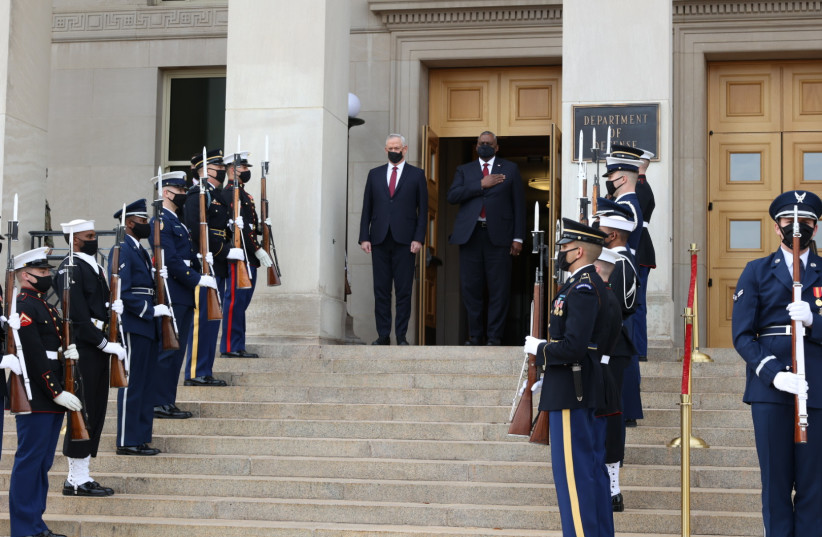
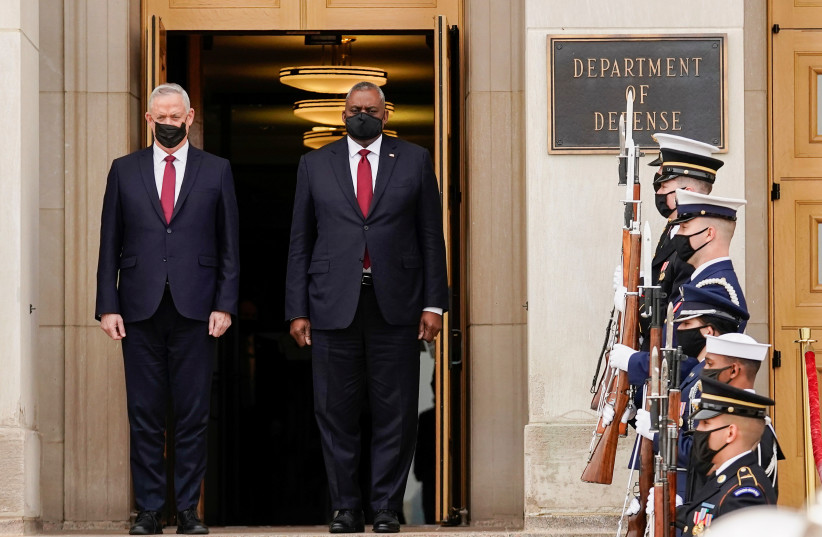

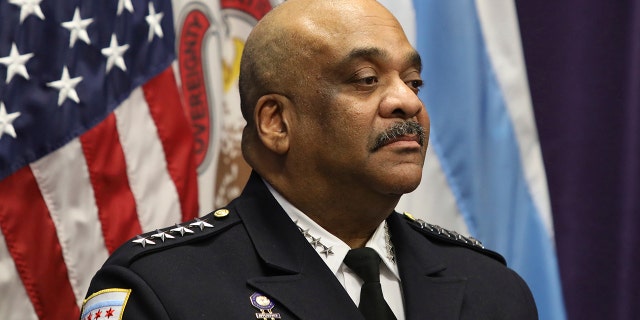
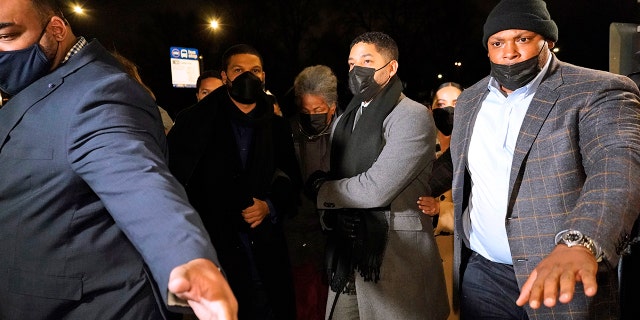

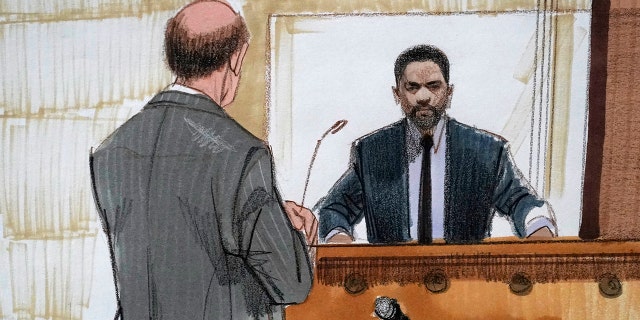




 No
revolution takes place without elites. The men and women running
through the streets with guns are only instruments. Somewhere an out
elite provided the ideological justification and weapons for revolt, and
before that they sowed chaos in various ways.
No
revolution takes place without elites. The men and women running
through the streets with guns are only instruments. Somewhere an out
elite provided the ideological justification and weapons for revolt, and
before that they sowed chaos in various ways.